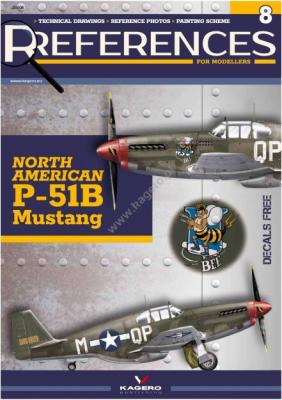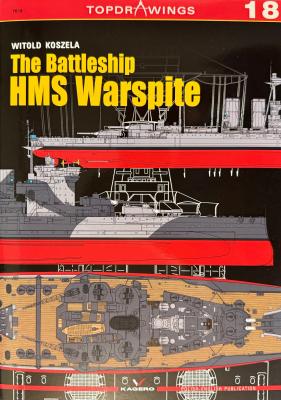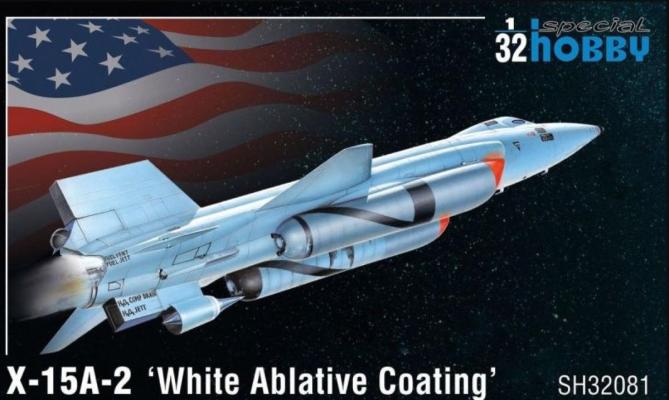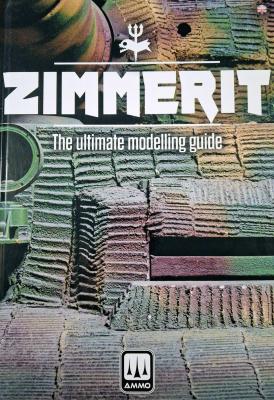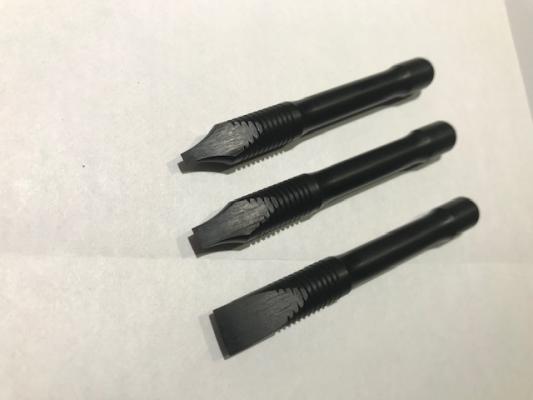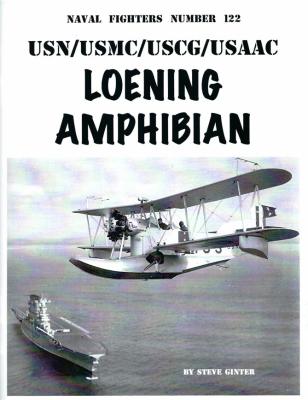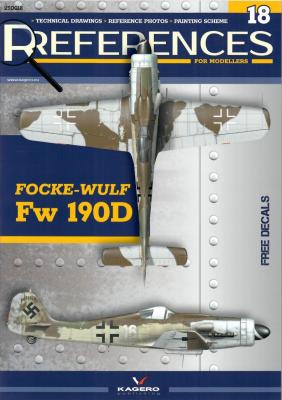Kagero has issued a series of “References for Modelers”, each focusing on a specific subject. In this case, the P-51B Mustang. The format consists of color artwork, photos, and line drawings in two scales. A bonus decal sheet is included, along with color artwork in the centerfold showing their placement. Up front, the book explains that most of the photos have appeared elsewhere, but this series presents them differently. They have been enlarged enough to show details lost in smaller formats. Two great examples appear on pages four and five, one showing a close-up of the equipment behind the pilot’s seat and the other a nice view of bazooka tubes on a P-51 in China.
What's New
TopDrawings18 is a magnum opus of research and detail. Oddly, but luckily, this older Top Drawings from Kagero Publishing from 2013 was up for review. No complaints, and had to bring out the drool cup again. Kagero's Topdrawings softbacks are legendary for scale modelers. For ship modelers, they are an ultimate reference of appearance at a particular time, or sometimes several timepoints. Glossy color plates from covers and inserts are welcome, but color renditions of more views are found in the hefty companion 3D Drawings books of the same subjects. TopDrawings are specifically handy for scale modeler workbenches. Scale line drawings can be easily resized to fit whatever scale the modeler is building by modern copiers, a boon for scratchbuilding or replacing inaccurate parts.
This TopDrawing of HMS Warspite from WWI to WWII is larger than most, perhaps because of the illustrious career Warspite enjoyed. Even the history is two pages instead of one.
The X-15 stands in a unique position in the annals of aviation history as one of the most ambitious projects to ever explore the envelope of aerial performance. Flying a total of 199 missions in only three aircraft, it broke every record in the 1960’s, with a top speed of 4,520 miles an hour (Mach 6.7) and an altitude record of 102, 100 feet – records for a manned aircraft that remain unbroken to this day.
Both aircraft and engine were developed in the mid-1950s but weren’t operational until 1959. Made from a number of heat-resistant alloys and the most advanced developments of its day, the original version used a set of two rockets similar to the Bell X-1 rocket, each with four ventura and delivering 16,000 pounds of thrust. In time, the XLR99 rocket became available, delivering a whopping 57,000 pounds of thrust.
- Book; $74.99
- Paste; $7.49
- Applicator Tools; $9.96
- Panzer Kote Tools, $28.99
A hard-bound, 205 pages, 8½ x 12 inch volume containing six chapters. Chapters 1 and 2 provide historic context, while chapters 3 through 6 are for the modeler.
Chapter 1: Zimmerit: History and Riddles
One word best sums up this chapter ... Wow!
The introduction points out that the interest zimmerit is inversely proportional to its real use. As modelers we all “know” what zimmerit is. An anti-magnetic paste applied to defeat magnetic anti-tank mines. Furthermore we are all familiar with the typical parallel line and waffle patterns. But did you know there were 18 different patterns? And that certain patterns were used exclusively by a single manufacturer?
The UMM three-piece (3 pc) bending handle set are molded in black cured resin for use in bending Photoetch brass, copper, aluminum and other malleable metal sheet. It is intended to avoid scratching the part or bending jig.
These three handles are 90 mm long, 10 mm diameter and are tapered on one end in widths of 4, 5 and 6 mm. The narrow tips allow a specific feature or segment to be bent without disturbing surrounding areas not being bent. The ergonomic handle of each handle is 10 mm diameter with an rounded end opposite the tapered tip. The basic shape of these handles are similar to other UMM hand-held tools such as their earlier reviewed Shanked Reamer ( https://reviews.ipmsusa.org/review/micro-pyramid-shanked-reamer-rm-25mm ).
Author Steve Ginter is a noted military historian who publishes the Naval Fighter series that was founded in 1980. After graduating from California State University-Northridge, Ginter became a US Navy pilot, serving from 1966 to 1972. Upon leaving the US Navy, Ginter held a series of management positions within the Thrifty Drug chain for the next twenty-one years. In 1996, he became the CEO of Sentai Distributors, where he directed company operations until 2011.
While Kagero has an established reputation for quality books that modelers appreciate and use on their library shelves, the References for Modellers series focuses on WWII aircraft. The series is now listed at 19 with Number 18 focusing on the Focke-Wulf (Fw) 190D. The brief, 26 pages are filled with visual information and captions provided in both Polish and English. While no table of contents is provided, nor necessary, the book is broken into the following sections:
Eagle Editions are well known to modelers and aviation historians alike. This is the latest in the “Wings of the Allies” series. It contains 36 pages of mostly never before published photographs and eight color profiles.
The types of aircraft covered in this volume are, P-38 Lightning, Tomahawk Mk. IIb, P-47 Thunderbolt, P-51 Mustang, RAF Mustang Mk I and IVA, Hurricane, Spitfire, P-39Q, Mosquito, A-20 Havoc/Boston,B-26 Marauder, Whitley Mk.V, Wellington, Pe-2, SB-2, B-17 Flying Fortress, B-24 Liberator, and the Lancaster. The photos give a good look at markings and nose art. The last part of the book contains “A Closer Look” at B-17 Outhouse Mouse, with crew and service information which is well illustrated. The book concludes with some gorgeous profiles by James Bentley! Another genuinely nice new feature is a foldout sheet printed front and back with the Eagle Edition decal sheets available for the aircraft featured in volumes one and two.
ICM has reboxed its He 111 kit for a unique Captured Heinkel scheme in 1/48th scale. The Part 2 review is a continuation and conclusion of what was written from Part 1.
Review Process for Part 2
This is a box stock build with no aftermarket products used during the assembly process. From Part 1, we move on to painting and final assembly.
The landing gear parts are thin and fragile. It is highly recommended to use good side cutting nippers to remove them from the sprue tree. For assembly, I used the wheel wells as a jig to put the parts together but waited to permanently install them later down the road after painting.
The model is primed with Mr. Surfacer 1000 gray. The engine nacelles, vertical tail edges, rudder, and some windows were painted flat white in preparation for masking to match the box illustration.
ICM has reboxed its He 111 kit for a unique Captured Heinkel scheme in 1/48th scale. The instructions give a very interesting history of this captured He 111H-20 transport variant:

